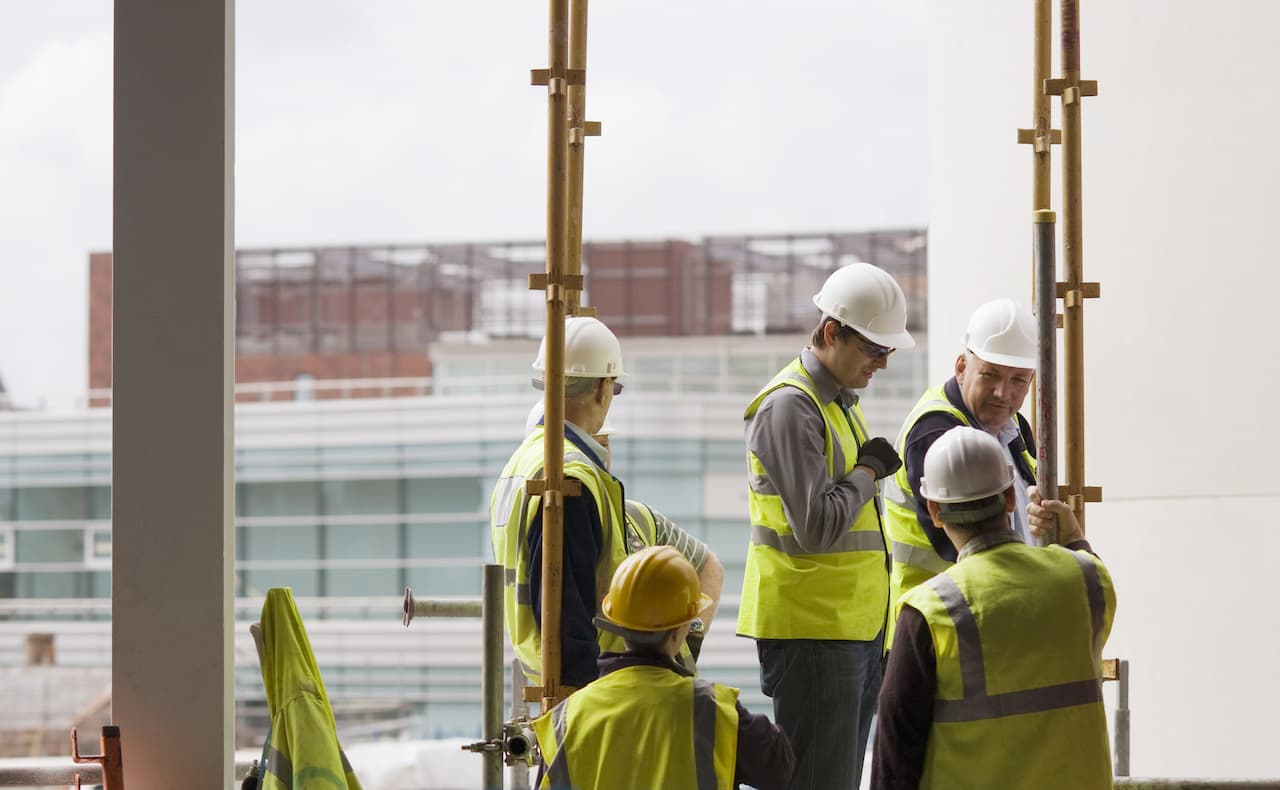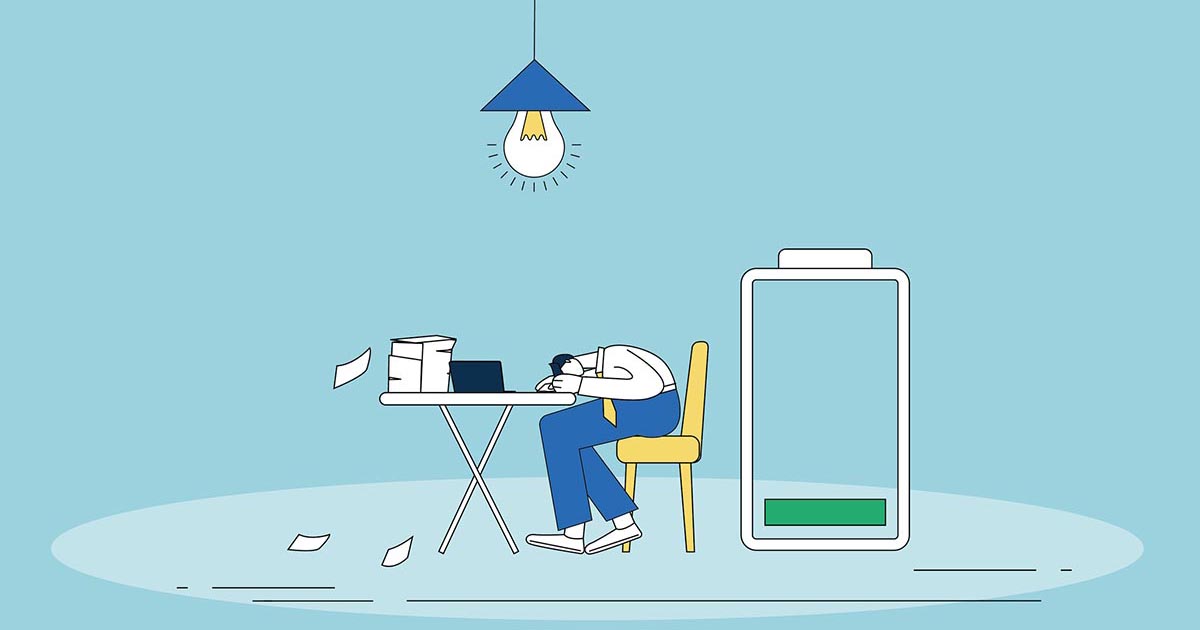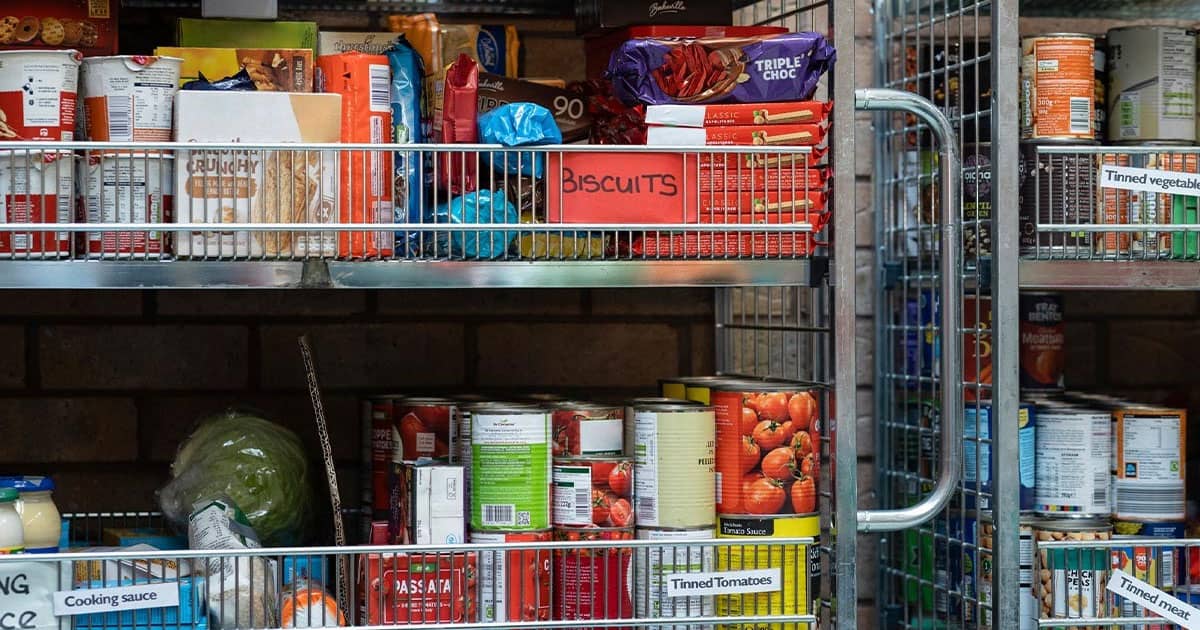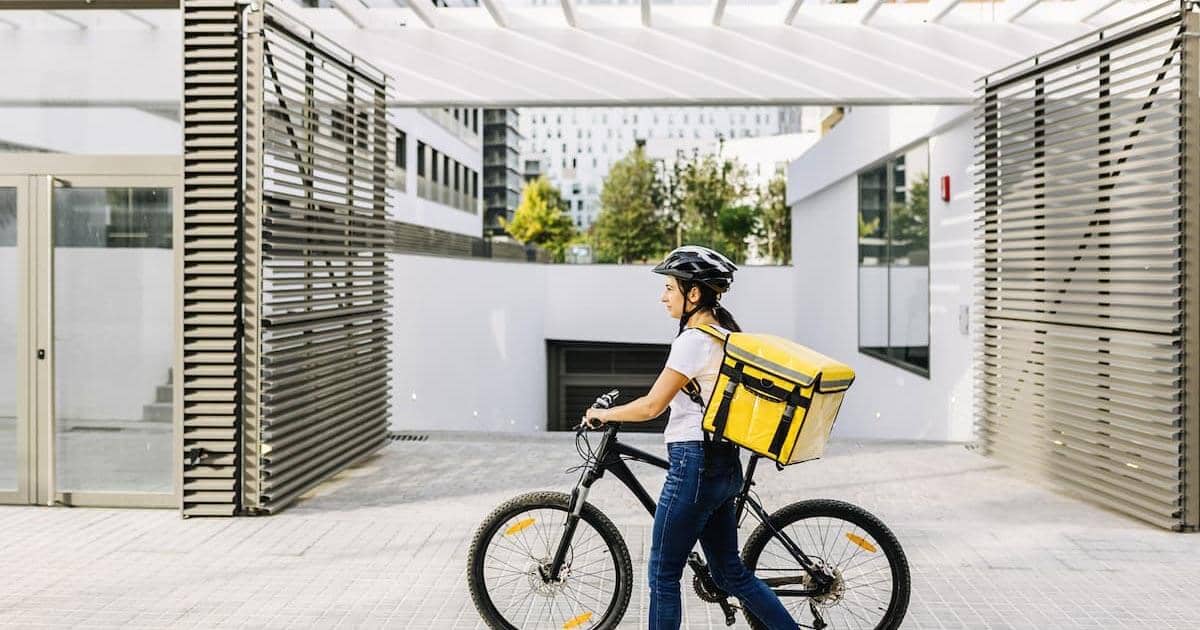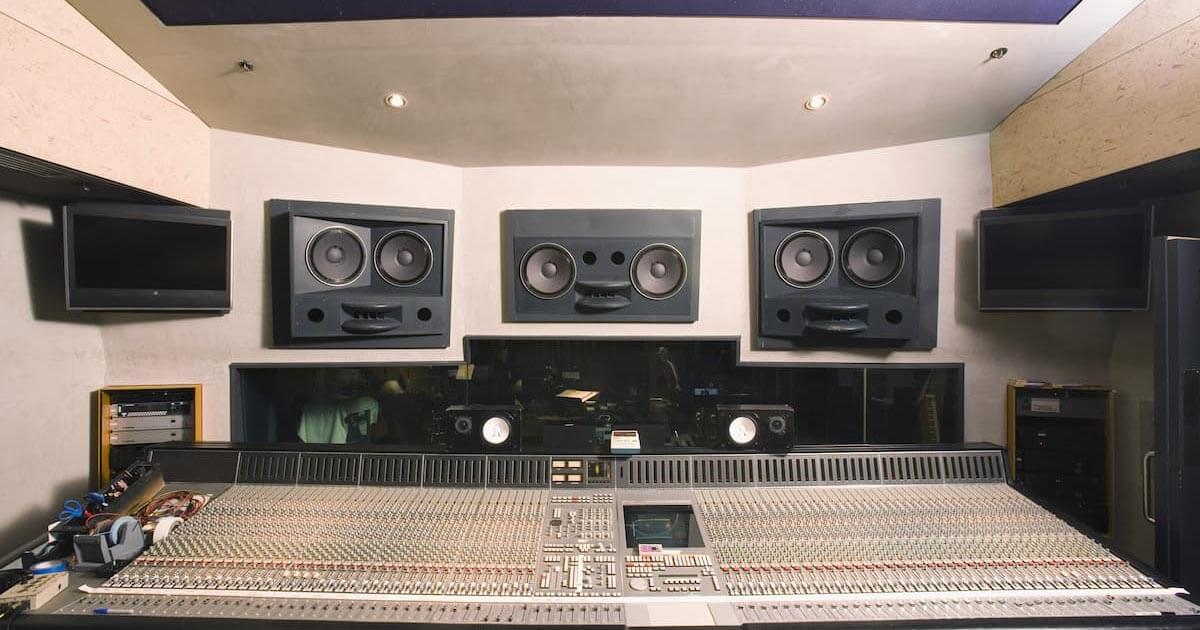Are you prepared for a site inspection?
As one of the most dangerous working environment, construction sites can be routinely inspected by the Health and Safety Executive (HSE), who have the right to enter your worksite without giving you notice.
Whilst most inspectors will try and give notice where appropriate, it is better to be proactive when it comes to your site inspection. Here is a short guide on what you should expect for a construction site inspection.
What will happen during the inspection?
When the inspector visits your site, they will be looking for how you manage your health and safety and check whether or not you are working inside the law. They may also take photographs of the site and ground samples. If they find a problem, an inspector may issue enforcement notices, but they will also offer guidance.
What are the inspectors looking for?
Your inspector will be looking at the different ways that you manage risk around your site and you will need to explain how your processes work.
General Risk Management
- If you have any contractors who carry work out for you, make sure that you have an agreement in place that they will work to the same control measures.
- Make sure that your work force know the agreed risk controls.
- All of your equipment should be properly installed or assembled.
- Inspect your equipment and have it regularly maintained.
Working from height
- Demonstrate that you are following the Working at Height regulations.
- Ensure that your workers are following proper precautions, such as edge protection on scaffolding.
- Use correct ladder safety, showing that your team know how to use the correct type of ladder, that the equipment is in a good state of repair, on suitable ground, properly secured and at the correct angle and length. Take a look at our article on reducing ladder based injuries for more ladder safety information.
Housekeeping
- All walkways, stairs and work areas should be clear and easy to access.
- Materials should be stored safely in their correct place.
- Walkways should also be even and gritted if slippery in cold or wet weather.
Welfare facilities
- Welfare facilities for your team should be well lit, ventilated and a suitable temperature for the time of year.
- You should provide a changing area so that your team can change outfits, dry or store items of clothing.
- Washing facilities should be available, as well as working toilets. Provide soap and towels to wash and dry hands and ensure that washbasins have both hot and cold running water.
Personal protective equipment (PPE)
- Make sure that hard hats, ear protectors, masks and gloves are available to your team so that they can have access to PPE.
- Stress the importance of wearing the correct safety footwear whilst on site.
- Perform regular checks to ensure that PPE is well maintained and in good condition.
- Keep an eye on your team to make sure that they are using PPE properly.
Source: Zywave Inc. - Construction Risk Insights: Construction Site Safety Inspections
Contractor insurance with Premierline
Whilst you can prepare for a site inspection, it is difficult to be prepared for an unexpected disaster, such as a flood, fire or theft. This is why you should have a comprehensive builders insurance policy in place.
Get in touch with the business insurance experts at Premierline who can find you the perfect insurance cover to protect your business from the unexpected by assessing your insurance needs. We work with a panel of the UK's most well-known insurance companies to compare contractor insurance quotes.
Business insurance with Premierline
It is important to make sure that you have the right insurance in place to protect the business that you have built. Every business is different and has its own business insurance needs, which is why we work with some of the UK’s most well-known insurers to ensure that you are getting the right insurance cover for your business.
The information and tools contained in this guide are of a general informational nature and should not be relied upon as being suitable for any specific set of circumstances. We have used reasonable endeavours to ensure the accuracy and completeness of the contents but the information and tools do not constitute professional advice and must not be relied upon as such. To the extent permitted by law, we do not accept responsibility for any loss which may arise from reliance on the information or tools in our Insight Hub.

